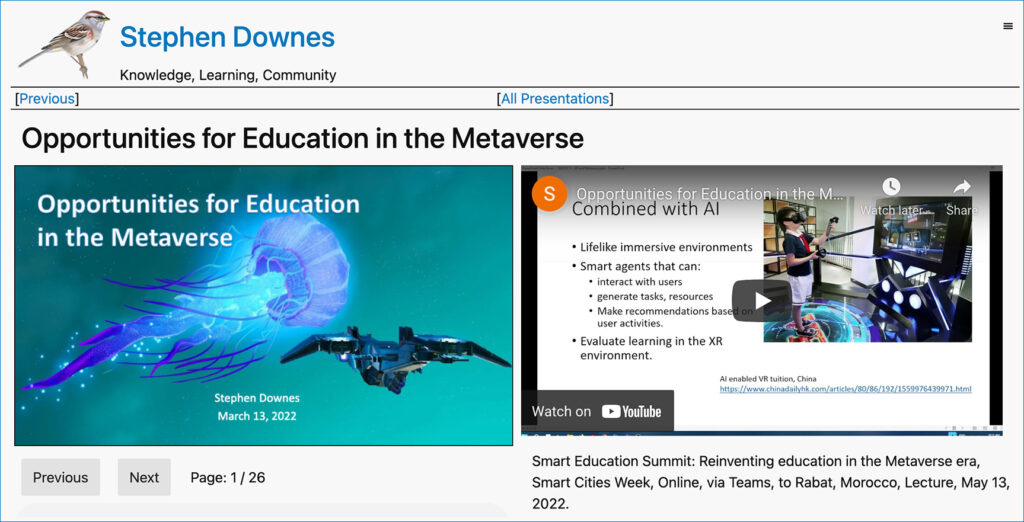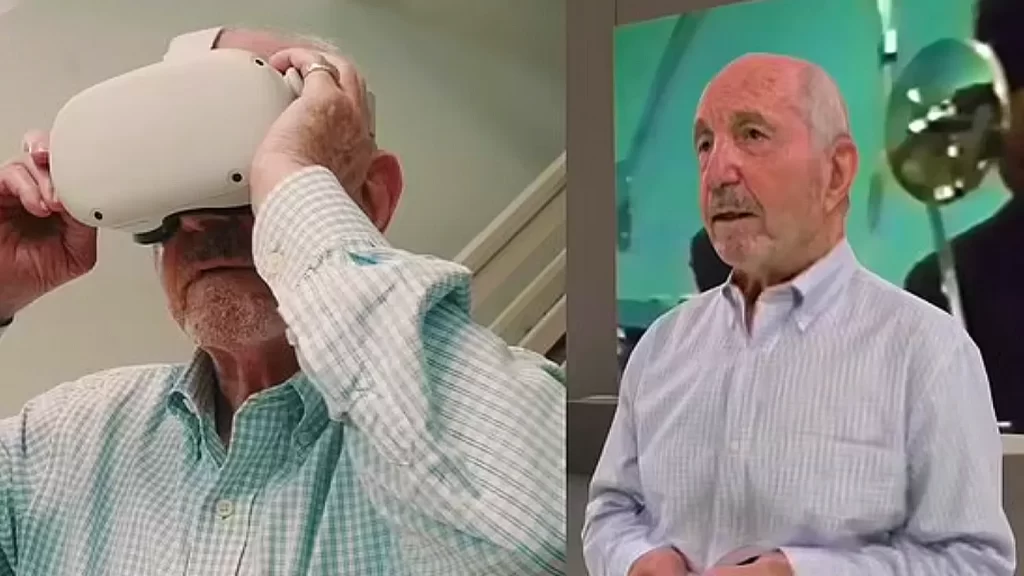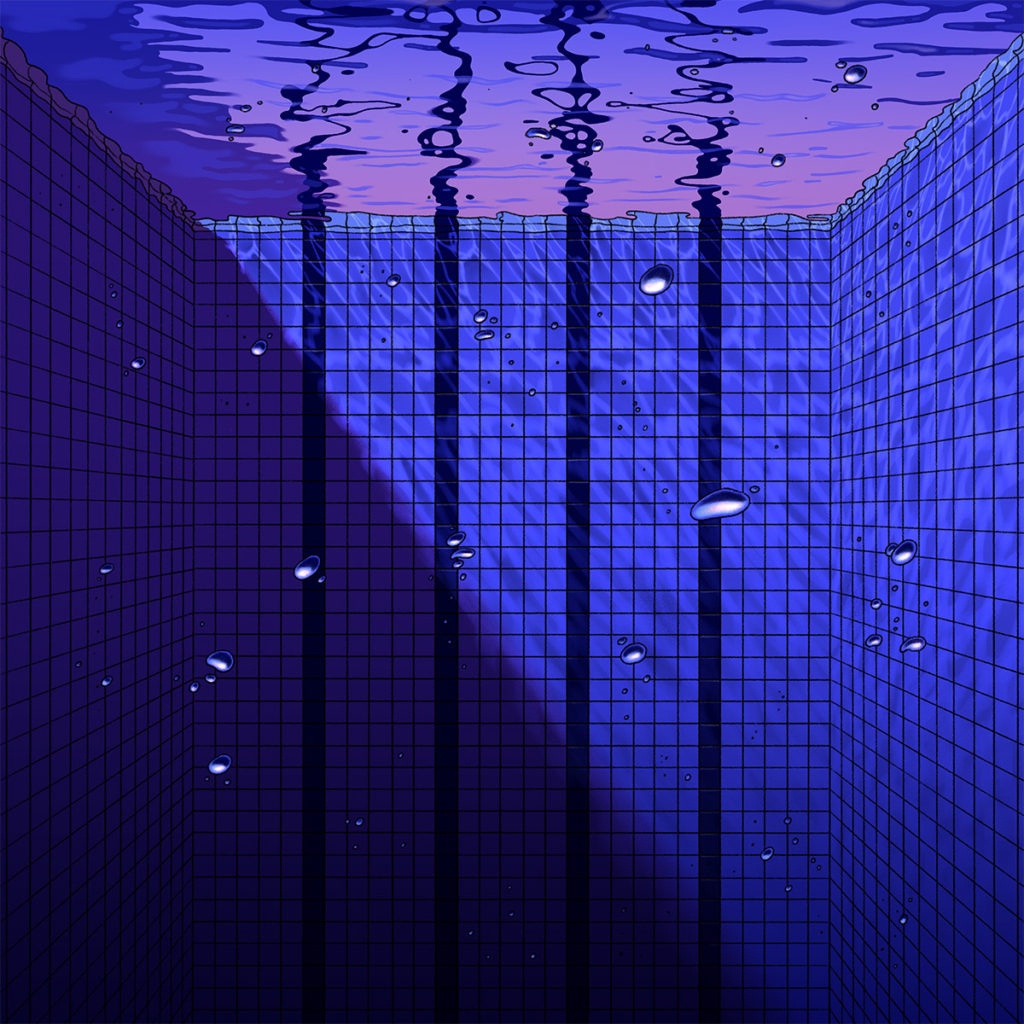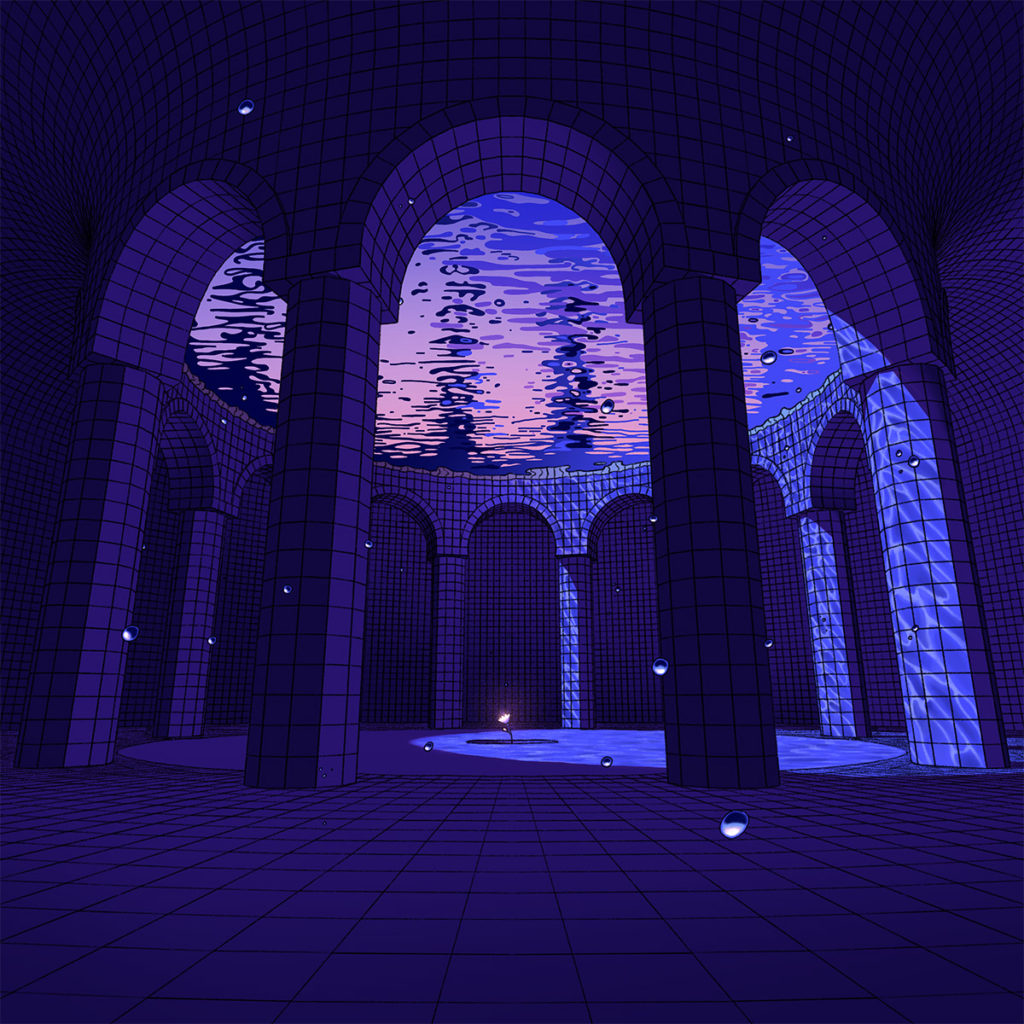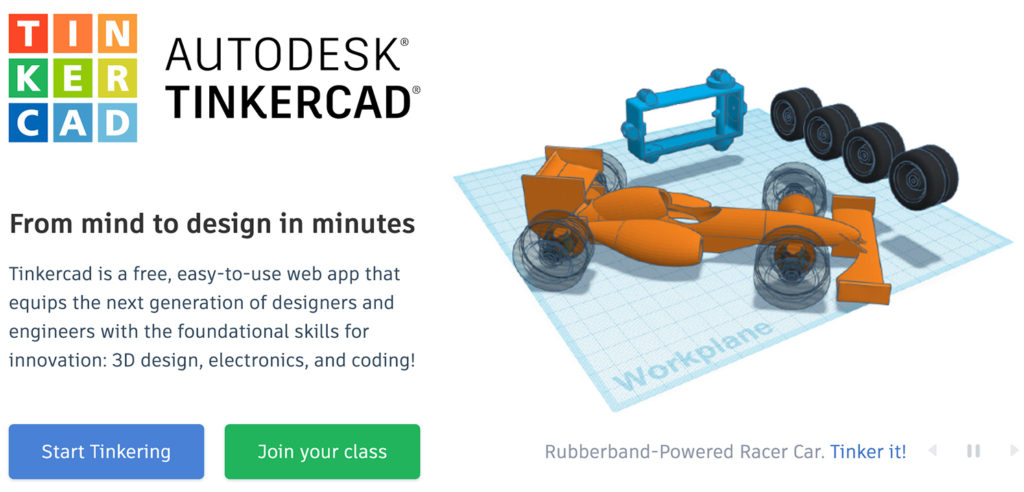What Is the Metaverse? A Beginner’s Guide to Tech’s Latest Obsession — from singularityhub.com by Aaron Frank; with thanks to Jack Aldrich for this resource
The metaverse is the internet, but it’s also a spatial (and often 3D), game-engine-driven collection of virtual environments.
Excerpts:
A couple months ago, friends and business contacts started asking me for a crash course on my professional research studying virtual environments. Their interest reflects an explosion—which you’ve probably noticed—of noise and hype surrounding something called the “metaverse.”
This article is an introduction for a complete or almost beginner. There’s plenty of mainstream coverage on the topic, but it often conflates concepts: virtual reality is not the metaverse (though it’s related), and crypto/Web3 by itself is not the metaverse (though also related). Confusing, I know. Whether you’re a businessperson or bystander, this is my best effort to lay everything out.
…
So if the metaverse is just the internet—what about the internet is about to change? To answer that question, I’ve broken this article into four parts:
-
- Spatial Computing (What is that?)
- Game Engines (What are those?)
- Virtual Environments (Is that the metaverse? …sort of)
- Virtual Economies (Please don’t tell me I have to learn about NFTs…you might)
Also see:
- DOUG THOMPSON: A BEGINNER’S GUIDE TO THE METAVERSE—AND WHY IT MATTERS TO ENTERPRISE — from spatialreality.io









